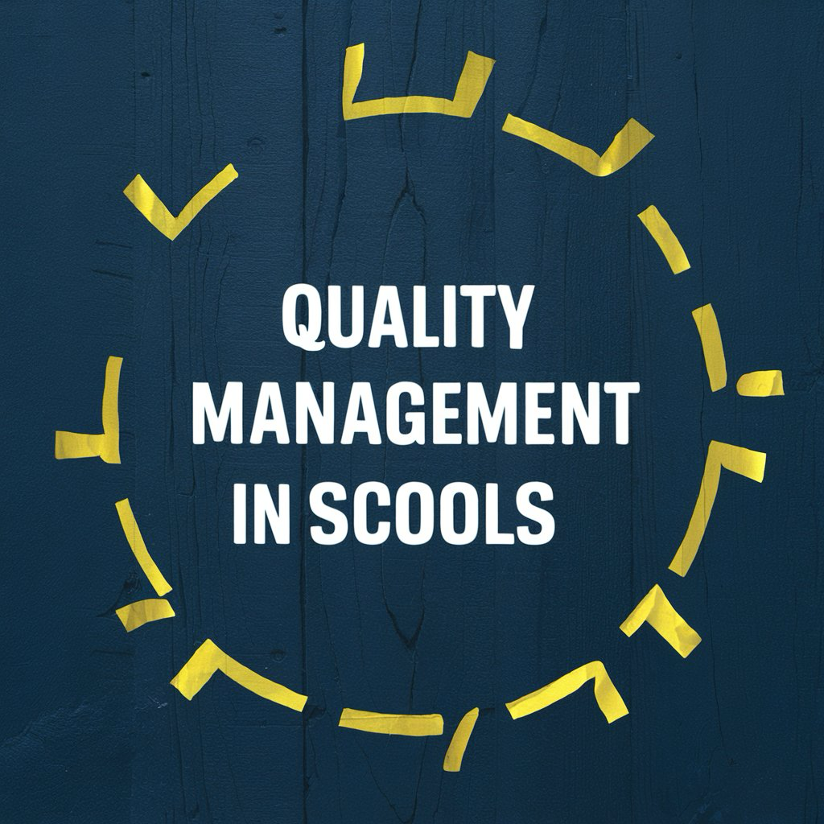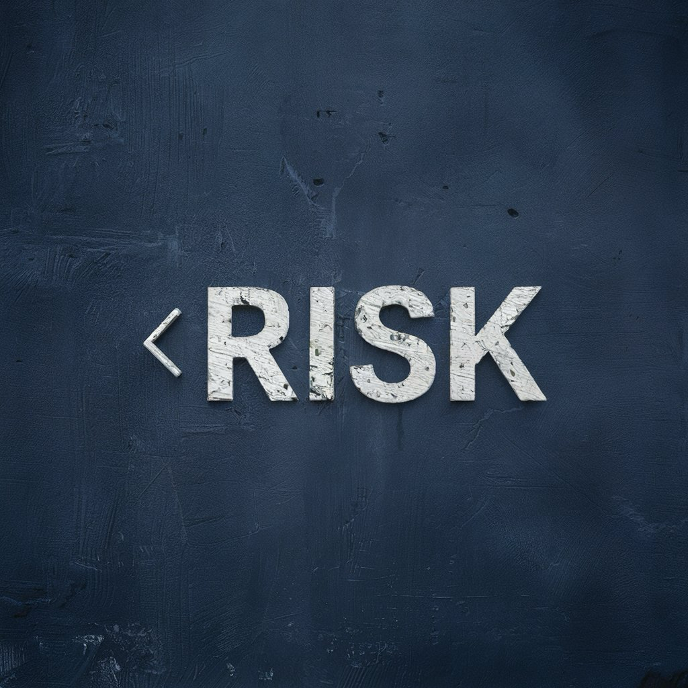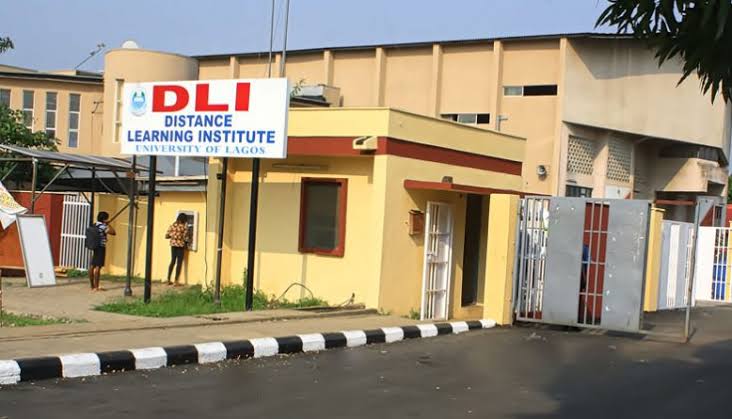In the world of education, ensuring the safety and well-being of students is paramount. School leaders play a pivotal role in not only shaping academic environments but also in safeguarding every facet of the educational experience. You wouldn’t leave home without your car documents, driving licence, or ensuring your vehicle is equipped with essential safety items like fire extinguishers and properly maintained tires. It’s not just about avoiding inconvenience or legal trouble; it’s about mitigating risks and ensuring your safety on the road. Similarly, in schools, leaders must proactively manage risks and have all necessary measures in place to protect the children under their care.
Quality management in schools extends far beyond academic achievement; it encompasses a proactive approach to identifying and mitigating risks that could potentially harm students. At its core lies the principle of risk assessment and management, where potential hazards are identified, evaluated, and addressed to prevent adverse impacts.

Understanding Quality Management in Schools
Quality management in schools revolves around the systematic approach to planning, implementing, and assessing policies and procedures to enhance educational outcomes while minimising risks. At its core lies the principle of risk assessment and management, where potential hazards are identified, evaluated, and addressed to prevent adverse impacts.
Importance of Risk Assessment
Risk assessment is the cornerstone of proactive quality management in schools. It involves:
-
-
- Identifying Risks: School leaders must actively identify potential risks within the school environment, curriculum, extracurricular activities, and even online platforms.
- Assessing Risks: Once identified, risks must be thoroughly assessed to determine their likelihood and potential impact on students, staff, and the overall school community.
- Mitigating Risks: Strategies and protocols should be developed to mitigate identified risks, thereby reducing the probability of harm.
-
Proactive Measures for School Leaders
School leaders can adopt several proactive measures across various areas of their responsibility to ensure comprehensive risk management:
Physical Safety and Infrastructure
-
-
- Regular Inspections: Conduct routine inspections of school buildings, playgrounds, and transportation vehicles to ensure compliance with safety standards.
- Emergency Preparedness: Develop and regularly update emergency response plans, conduct drills, and provide training to staff and students on safety protocols.
-
Academic Environment
-
-
- Curriculum Review: Continuously review the curriculum to ensure it aligns with educational standards and poses no intellectual or emotional harm to students.
- Teacher Development: Invest in professional development for teachers to enhance their ability to create safe and supportive learning environments.
-
Social and Emotional Well-being
-
-
- Bullying Prevention: Implement anti-bullying policies and programs to foster a respectful and inclusive school culture.
- Counselling Services: Provide access to counselling services to support students’ mental health and emotional well-being.
-
Digital Safety
-
-
- Cybersecurity Measures: Implement robust cybersecurity measures to protect students’ personal information and ensure safe internet usage.
- Digital Literacy: Educate students about responsible online behaviour and the potential risks associated with social media and digital platforms.
-
Conclusion
In conclusion, quality management in schools revolves around proactive risk assessment and management to ensure the safety, well-being, and overall development of students. School leaders play a crucial role in this process by identifying potential risks, assessing their impact, and implementing effective measures to mitigate them. By adopting a proactive stance across all areas of their responsibilities, from physical safety to academic and emotional well-being, school leaders can create a secure environment that nurtures learning and protects the children entrusted to their care. Only through such proactive efforts can schools fulfil their duty to safeguard the next generation effectively.










